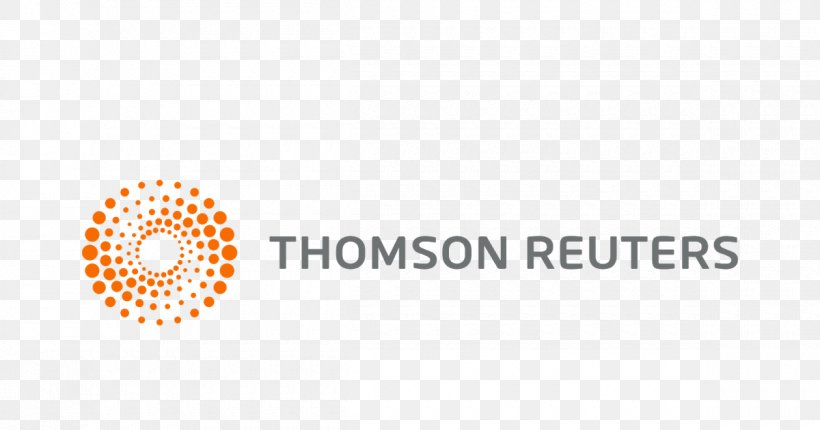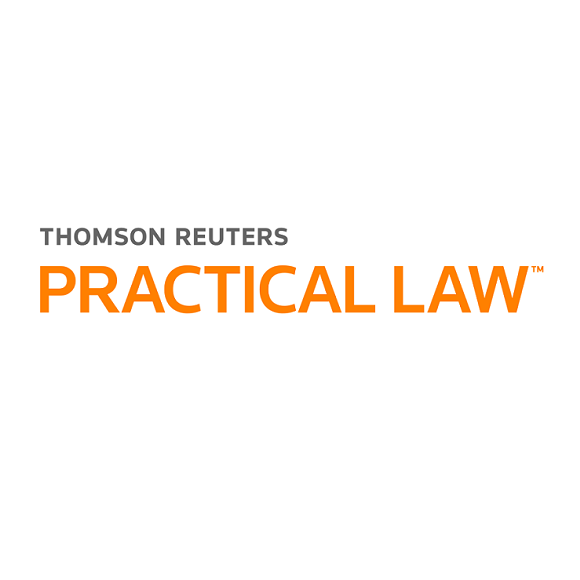
Thomson Reuters Practical Law: Complete Buyer's Guide
Comprehensive legal intelligence platform with AI capabilities
Thomson Reuters Practical Law represents a comprehensive legal intelligence platform that combines traditional legal content excellence with emerging AI capabilities, serving as a foundational resource for legal professionals navigating complex regulatory environments.
Market Position & Maturity
Market Standing
Thomson Reuters Practical Law occupies a prominent position in the legal AI landscape, claiming to serve 85% of Am Law 200 firms and over 1,300 corporate legal departments [136].
Company Maturity
The platform leverages 650+ full-time global attorney editors [130][134] to deliver comprehensive legal resources across 13 global practice areas and over 100 jurisdictions [130].
Growth Trajectory
Investing more than $100 million annually in AI capabilities [127].
Strategic Partnerships
Integration with Microsoft Word [128][132] and availability of API capabilities [142].
Longevity Assessment
Extensive enterprise adoption and substantial operational scale provide strong evidence of enterprise-grade capabilities and long-term viability.
Proof of Capabilities
Customer Evidence
Century Communities' 17-person legal team successfully implemented multiple Thomson Reuters AI solutions [135].
Quantified Outcomes
Hurley Law reports 'three or more times' monthly subscription cost return [137].
Market Validation
Thomson Reuters Practical Law serves 85% of Am Law 200 firms and over 1,300 corporate legal departments [136].
AI Technology
Supervised machine learning approach with AI models built and trained by Practical Law expert editors [127].
Architecture
Multiple integrated solutions designed for legal workflow enhancement, including Ask Practical Law AI and Practical Law Clause Finder.
Primary Competitors
LexisNexis Lexis+ AI
Competitive Advantages
Comprehensive legal content superiority through 650+ full-time global attorney editors [130][134].
Market Positioning
Thomson Reuters maintains competitive advantages in traditional legal content superiority.
Key Features

Pros & Cons
Use Cases
Integrations
Pricing
Featured In Articles
Comprehensive analysis of AI Environmental Law Monitoring for Legal/Law Firm AI Tools for Legal/Law Firm AI Tools professionals. Expert evaluation of features, pricing, and implementation.
How We Researched This Guide
About This Guide: This comprehensive analysis is based on extensive competitive intelligence and real-world implementation data from leading AI vendors. StayModern updates this guide quarterly to reflect market developments and vendor performance changes.
145+ verified sources per analysis including official documentation, customer reviews, analyst reports, and industry publications.
- • Vendor documentation & whitepapers
- • Customer testimonials & case studies
- • Third-party analyst assessments
- • Industry benchmarking reports
Standardized assessment framework across 8 key dimensions for objective comparison.
- • Technology capabilities & architecture
- • Market position & customer evidence
- • Implementation experience & support
- • Pricing value & competitive position
Research is refreshed every 90 days to capture market changes and new vendor capabilities.
- • New product releases & features
- • Market positioning changes
- • Customer feedback integration
- • Competitive landscape shifts
Every claim is source-linked with direct citations to original materials for verification.
- • Clickable citation links
- • Original source attribution
- • Date stamps for currency
- • Quality score validation
Analysis follows systematic research protocols with consistent evaluation frameworks.
- • Standardized assessment criteria
- • Multi-source verification process
- • Consistent evaluation methodology
- • Quality assurance protocols
Buyer-focused analysis with transparent methodology and factual accuracy commitment.
- • Objective comparative analysis
- • Transparent research methodology
- • Factual accuracy commitment
- • Continuous quality improvement
Quality Commitment: If you find any inaccuracies in our analysis on this page, please contact us at research@staymodern.ai. We're committed to maintaining the highest standards of research integrity and will investigate and correct any issues promptly.